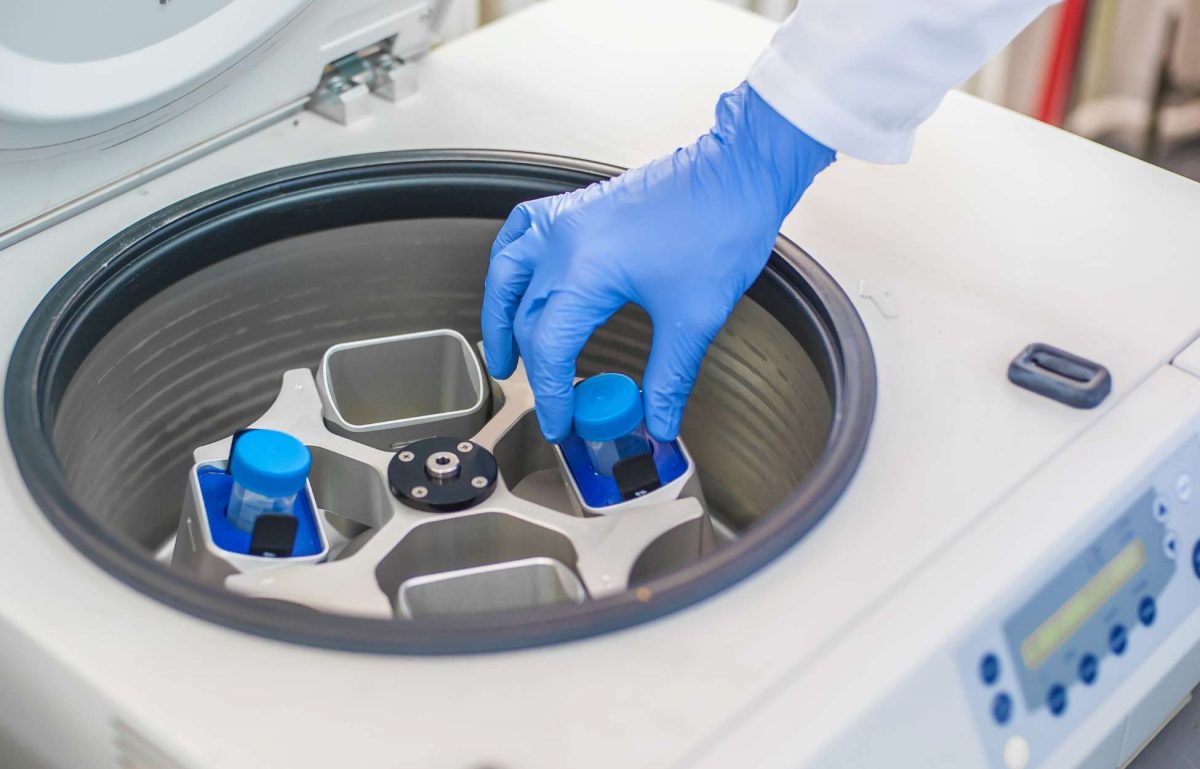Centrifuges may just be the silent heroes of laboratories. These powerful devices have transformed the way scientists and technicians work as they make the once-complex task of separating substances a breeze. They operate on a simple principle yet have a profound impact across fields like medicine and research.
Understanding their role and functionality can open a world of possibilities for laboratory technicians, biology students, and curious minds alike. Below, we’re exploring what people should know about centrifuges and their unique uses.
The Magic Behind the Spin
At the heart of a centrifuge lies the concept of centrifugal force. This force is what separates particles in a mixture based on their density. By spinning samples at high speeds, centrifuges push heavier components to the bottom, leaving lighter ones at the top.
This method is pivotal in various scientific processes, allowing for precise separation and analysis. Over time, centrifuges have evolved from simple hand-cranked devices to sophisticated machines that cater to the specific needs of different sectors.
Exploring Different Types of Centrifuges
Centrifuges aren’t one-size-fits-all; they come in a variety of models, each with unique capabilities. Ultracentrifuges operate at high speeds, which are crucial in molecular biology. On the other hand, microcentrifuges are ideal for small-volume samples, making them perfect for DNA extraction.
Refrigerated centrifuges maintain samples at specific temperatures to ensure sensitive materials remain stable during separation. Understanding these differences allows users to choose the right tool for their task, enhancing efficiency and accuracy.
Centrifuges in the Medical Field
The medical field relies heavily on centrifuges, particularly in diagnostics. Blood tests, for example, use centrifugation to separate plasma from blood cells, aiding in accurate analysis. Similarly, centrifuges help in urinalysis by isolating sediments from urine samples.
By clarifying these fluids, centrifuges provide essential information about a patient’s health. This simple yet effective process underscores the importance of having lab supply must-haves when you need them, especially in high-stakes environments like hospitals, clinics, and labs.
Research and Industrial Applications
In research settings, centrifuges are indispensable tools for cell biology and environmental studies. They facilitate the separation of cells, viruses, and other particles, allowing researchers to study them in detail.
Industrially, centrifuges find applications in the food and beverage sector, where they help separate cream from milk or clarify juices. Such versatility demonstrates how centrifuges contribute to scientific advancement and everyday consumer products, further highlighting their role as essential lab equipment.
Prioritizing Safety and Maintenance
Safeguarding the longevity and accuracy of a centrifuge requires diligent maintenance. Regular inspections, cleaning, and calibration keep these devices at peak performance.
Safety precautions—balancing the samples properly and operating at recommended speeds—prevent accidents and equipment damage. Proper handling extends the lifespan of centrifuges and oversees consistent results, making them reliable allies in any laboratory setting.
People should know that centrifuges are invaluable across various fields, from medical diagnostics to industrial processing. Their ability to efficiently separate mixtures has revolutionized many scientific practices. For those invested in the world of science, having access to reliable lab equipment, like centrifuges, is crucial.













